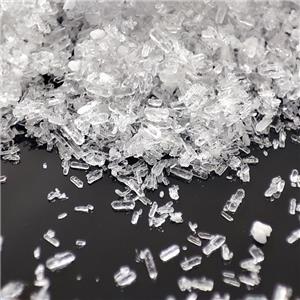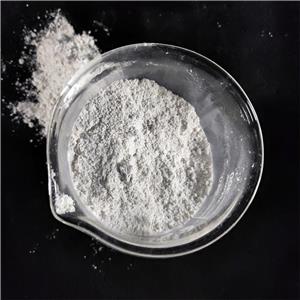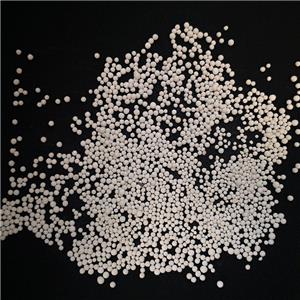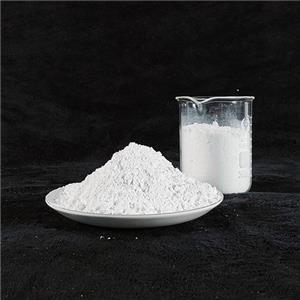Is talc in powder safe?
The Safety of Talc Powder: An Ongoing Concern
Talc powder is a naturally occurring mineral, widely used in various consumer products, including baby powders, cosmetics, and personal care items. Known for its ability to absorb moisture, reduce friction, and provide a smooth texture, talc powder has been a staple in the personal care industry for decades. However, despite its widespread use, the safety of talc powder, particularly in its powdered form, has been a subject of significant concern for many years. These concerns have largely been centered around the potential risks associated with talc powder, particularly in relation to respiratory health and cancer.
The Composition and Uses of Talc
Talc powder is a soft mineral composed mainly of magnesium, silicon, and oxygen. Its ability to absorb moisture, prevent chafing, and provide a silky, smooth feel makes it an ideal ingredient in products like baby powder, body powders, deodorants, and even makeup. Talc powder is also used in industrial applications, such as in paints, plastics, and ceramics, due to its lubricating properties.
Despite its beneficial properties, talc powder has been under scrutiny for potential health risks, particularly when it is inhaled or applied to certain areas of the body.
Asbestos Contamination: A Primary Concern
One of the most significant safety concerns surrounding talc powder is the potential contamination with asbestos, a naturally occurring mineral that often forms alongside talc in the earth. Asbestos is well-known for its carcinogenic properties and is associated with serious diseases like lung cancer, mesothelioma, and asbestosis. The concern arises from the fact that asbestos fibers can become airborne when talc powder is applied, and when inhaled, these fibers can lodge in the lungs, causing long-term damage and increasing the risk of respiratory cancers.
While most talc used in consumer products today is purified and asbestos-free, there have been instances where talc products were found to contain trace amounts of asbestos. This has raised concerns about the safety of talc-based products, especially since some consumers may be unaware of the potential risks.
Regulatory Oversight and Purification Processes
In response to concerns about asbestos contamination, regulatory agencies like the U.S. Food and Drug Administration (FDA) have implemented strict guidelines to ensure the safety of talc in cosmetics and personal care products. The FDA requires that talc used in these products undergo extensive purification processes to remove any trace amounts of asbestos.
Furthermore, the FDA and other regulatory bodies regularly test talc products for asbestos contamination to ensure that they meet safety standards. According to the FDA, the talc used in cosmetics and powders is generally considered safe when it is asbestos-free, and most manufacturers have adhered to these guidelines. However, the FDA does not have the authority to mandate pre-market approval for cosmetic products, which means that consumers must rely on manufacturers to provide safe products.
Legal and Consumer Implications
The ongoing legal battles surrounding talc powder have had significant implications for both consumers and manufacturers. In recent years, several talc manufacturers, including Johnson & Johnson, have faced lawsuits alleging that their talc-based products caused cancer or other health issues. These lawsuits have led to substantial financial settlements and product recalls in some cases,raising awareness of the potential risks associated with talc use.
For consumers, the legal cases highlight the importance of being informed about the potential risks of talc products. While many health experts continue to assert that talc is safe when used appropriately, individuals may choose to avoid talc-based products due to the uncertainty surrounding their long-term effects.
Recommendations for Safe Use
While talc powder is generally considered safe when used properly, it is essential to exercise caution, particularly with frequent use or inhalation. The following recommendations can help minimize any potential risks associated with talc:
Choose asbestos-free products: Ensure that the talc products you use are labeled as asbestos-free. Many reputable brands test their products to confirm that they meet safety standards, but it is always a good idea to check product labels and certifications.
Limit inhalation: Avoid inhaling talc powder, particularly in large quantities. Applying talc directly to the skin can reduce the likelihood of inhalation, but using powders in a well-ventilated area can also minimize potential exposure to airborne particles.




